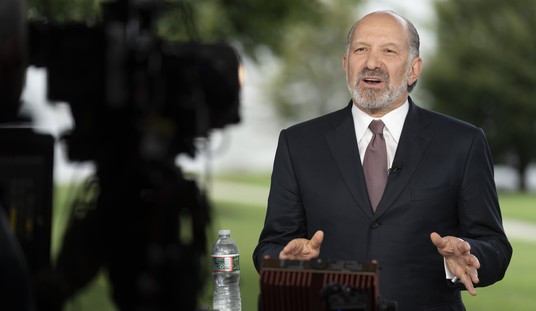I’m always amazed by how many Americans completed their educations while believing that the job of the U.S. Supreme Court is to interpret the Constitution and that this means “to figure out what the Founders intended.” Those who were paying a bit more attention, or who took political science classes in college, often know that there are different ways to interpret the Constitution.
There are a lot of different interpretive models, but I’m going to focus on two: “the living Constitution” and “original public meaning.” “The living Constitution” became popular in the mid-1930s in response to the U.S. Supreme Court’s stubborn refusal to approve some of the regulatory measures that the Roosevelt administration thought necessary to revive the U.S. economy. The concept goes back to a decision written by Justice Oliver Wendell Holmes, Jr. in Missouri v. Holland (1920), in which the power of Congress to make international treaties collided with the Tenth Amendment’s reservation of powers to the states.
Justice Holmes explained that when it came to “the Constitution of the United States, we must realize that they have called into life a being the development of which could not have been foreseen completely by the most gifted of its begetters.” (“Master, it’s alive!”) Holmes decided that the decision had to be made “in the light of our whole experience and not merely in that of what said a hundred years ago.”
Holmes was honest enough to realize that Art. VI, which makes “all Treaties … the supreme Law of the Land,” had been superseded by the later Tenth Amendment. Did a treaty for the protection of migratory birds take precedence over an amendment that Congress passed and the states had ratified? Either the Constitution was a contract between the generations — in which case the Constitution needed amending to take away authority of the states over migratory wildlife — or judges could just ignore these silly little amendments that just got in the way of something really important.
Why is the Constitution a “contract between the generations”? Art. VI declares that the Constitution is “the supreme Law of the Land; and the Judges in every State shall be bound thereby.” Art. I includes a list of powers granted to Congress (and not a very long list, at that), a list of powers denied to Congress, and a list of powers denied to the states. Art. V provides a mechanism for amending the Constitution. Its presence is a reminder that when the people ratified the Constitution, it was understood that the government it created was limited.
In exchange for giving more power to the national government than it had previously, there are rules that everyone (national government, state governments, and individuals) has to play by — and you don’t get to change the rules on a whim. (And yes, I mean you, Justice Holmes.) Otherwise, Art. I would have been considerably shorter, and we wouldn’t have that pesky Bill of Rights telling the national government: “Nope! You can’t create a national church. Nope! You can’t require licenses to print newspapers!”
Some of you probably had teachers that told you the “strict constructionists” on the Court were reactionary barriers to necessary reforms. Roosevelt called them “the horse-and-buggy court.” The reactionary “horse-and-buggy court” ordered new trials holding that “a defendant should be afforded a fair opportunity to secure counsel of his own choice” because they were holding America back. But they were hardly the reactionaries that many liberals back then (and now) imagined. The Scottsboro Boys were nine black men and boys accused of raping two white women and sentenced to death, either without benefit of lawyers or appointed so close to the trial date as to be useless.
Some anarchists were convicted for flying a red flag as a sign of revolution in violation of California law. On appeal to the U.S. Supreme Court, they argued that states could not violate their freedom of speech by criminalizing the flying of a flag. Those reactionaries on the Court in Stromberg v. California (1931) agreed.
The “nine old men” (as some liberals called the Supreme Court in the mid-1930s) were committed to a contract between the generations, not a living, breathing, constantly mutating Constitution. They struck down many laws that showed that they were not simply changing the rules of the game to suit their personal preferences. By contrast, the “living Constitution” theory became a method for superimposing the personal policy preferences of a majority of the Supreme Court over what the Framers intended. Throughout the period since West Coast Hotel Co. v. Parrish (1937) upheld a state law that required employers to discriminate against women (a very popular liberal cause at the time), the “living Constitution” model has been the excuse for both ignoring original intent and skipping the more demanding task of amending the Constitution when needed.









Join the conversation as a VIP Member